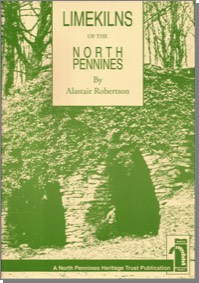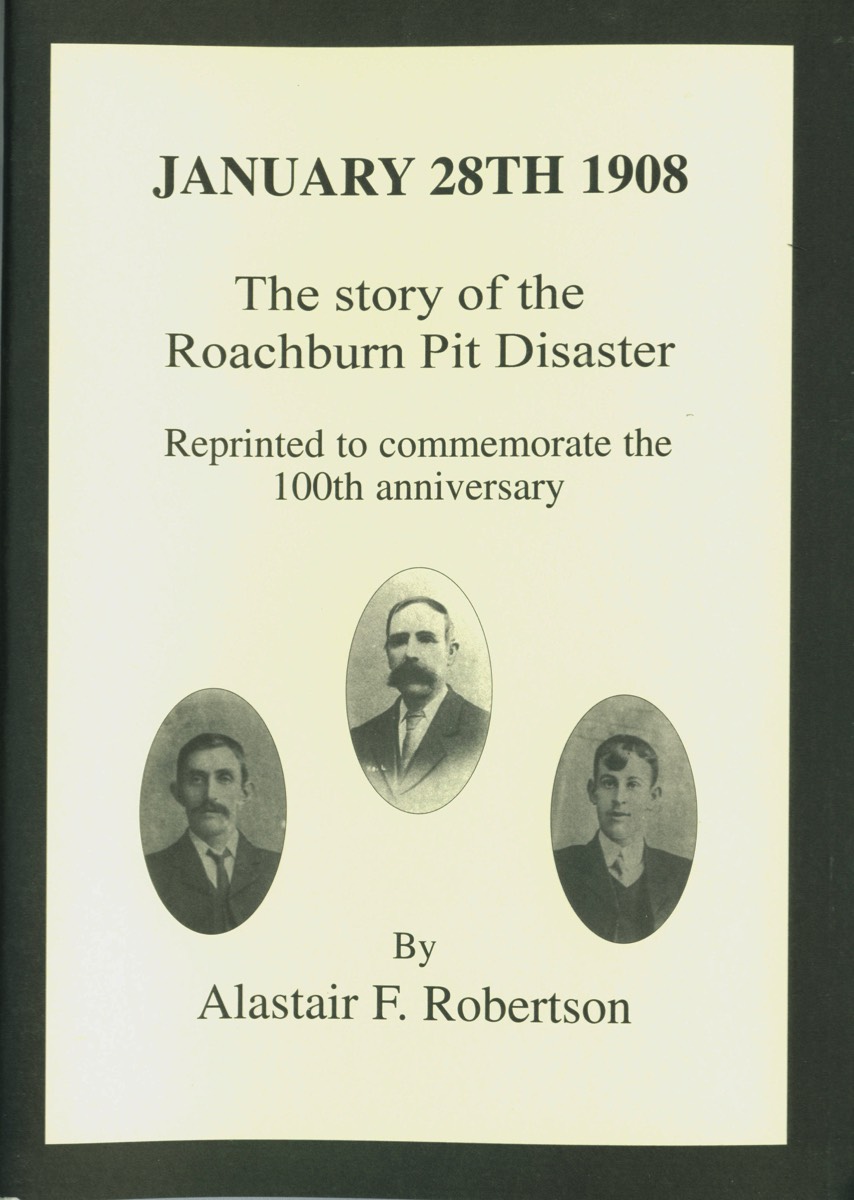Why ‘Hundy’ Publications?
The name ‘Hundy’ intrigued me when I first came to live on Alston Moor in 1991. After researching the origins of place names, I came to believe that Hundy could be the old, pre-Norman, pre-Viking, pre-Anglo Saxon, pre-Roman name, in fact the British name, for Alston Moor.
Taking Welsh Gaelic, the nearest language we have to British, we find ‘hwnt’ and ‘daear’. Put them together, say them quickly with a northern accent, and you have a good approximation of Hundy. Hwnt means yonder and daear means land. ‘Yonder land’ is a good description of Alston Moor, since it is twenty miles from towns of any size and that there are many local place names containing the word ‘shield’, an abbreviation of ‘shieling’, the high pasture land where livestock was taken for summer grazing.
Hence the distinctive name that identifies uniquely with this fascinating place now called Alston Moor, situated in this wonderful part of England, the north Pennines.
Alastair Robertson
Taking Welsh Gaelic, the nearest language we have to British, we find ‘hwnt’ and ‘daear’. Put them together, say them quickly with a northern accent, and you have a good approximation of Hundy. Hwnt means yonder and daear means land. ‘Yonder land’ is a good description of Alston Moor, since it is twenty miles from towns of any size and that there are many local place names containing the word ‘shield’, an abbreviation of ‘shieling’, the high pasture land where livestock was taken for summer grazing.
Hence the distinctive name that identifies uniquely with this fascinating place now called Alston Moor, situated in this wonderful part of England, the north Pennines.
Alastair Robertson
Below you will find publications relating to Alston Moor

Postage & packaging included in the price


Postage & packaging included in the price


Hundy Publications - historical publications


